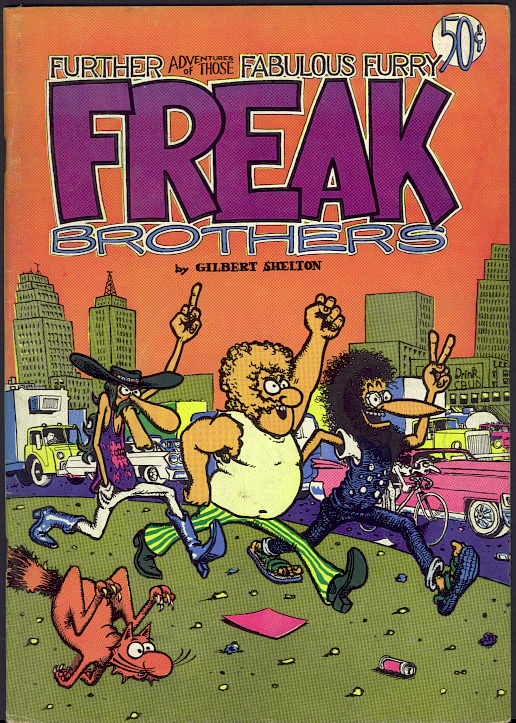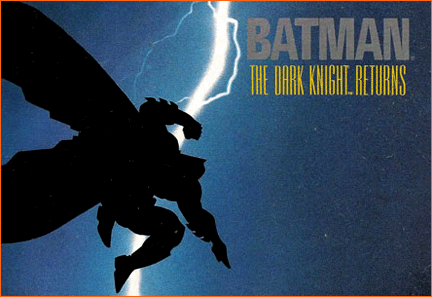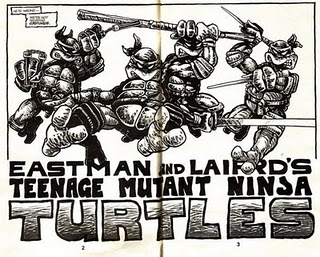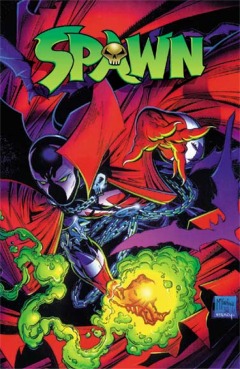As they moved into the 70s the world of comic books began to change again.
Superheroes were no longer the perfect ubermen of the DC universe, they now struggled with real human foibles as they tried to do the right thing and use their powers for good. The other main change that Marvel introduced was heroes growing and aging. Peter Parker, the Amazing Spider-Man, went from high school to college and then moved into the real world, eventually marrying.
Under the covers though, there was an alternative comic industry. One aimed not at the kids of Middle America, but rebelling against the Comics Code and unable to be sold in most stores. This underground comic scene grew out of the counterculture movement of the 60s. Many revolved around drugs and sex, but others addressed hot button social issues and music. Robert Crumb became the poster boy for this movement, along with his Zap comics, joined by Gilbert Shelton’s Fabulous Furry Freak Brothers.

The major advent of the 70s was the start of specialty comic stores. Until then, the majority of comic books were sold in convenience stores and off magazine racks in super markets. Many alternative type characters joined the cannon of superheroes including anti-heroes like The Swamp Thing and the new Ghost Rider. Social issues were addressed openly in mainstream comics, including drug use and inner city tensions. The other major arrival was the graphic novel. While there were certainly book length comics as far back as the turn of the century, it wasn’t until the mid-seventies that they started referring to themselves as such and the term entered the lexicon. Will Eisner’s “A Contract With God and other Tenement Stories” is credited with popularizing the term.

As the 80s dawned, some major changes were brewing in the world of comics. Two seminal series’ changed the face of the industry, both coming out of the cotton candy world of DC. 1986 saw the publication of Alan Moore’s Watchman and Frank Miller’s take on Batman: The Dark Knight Returns. Both were heavy, dark, and gritty. The superheroes were not nice. They lived dark lives in a dark world. Other Anti-Heroes came to the forefront in the Marvel Universe; a short Canadian killer who went by the name Wolverine fought the Hulk then went on to join the X-Men. Unlike many of his predecessors, he had no qualms about ending the life of his antagonists, something that would have made Batman’s (and all of Gotham City’s) life much easier. Marvel also riffed off the popular Mack Bolan books and created the Punisher, a regular Joe who, upon returning from Vietnam, finds his family dead at the hands of the mob, and goes off killing criminals. It also saw the brutal death of Batman’s sidekick Robin at the hands of the Joker.

The other sea change came in the guise of independent publisher. Marvel and DC had ruled the roost since the late 50s/early 60s but, more and more, small publishers were beginning to get their books into specialty stores. This charge was started a bit earlier by Aardvark-Vanaheim comics and their flagship Cerebus the Aardvark, a loose parody of the Conan Sword and Sorcery genre. Cerebrus went through 300 issues well into the 21st century, and was the longest running series done by the same creative team. Other independent properties eventually made it heavily into the mainstream consciousness. In 1984, struggling team Kevin Eastman and Peter Laird self published a black and white comic book about a group of mutated amphibians who learned martial arts from a giant talking rat and the Teenage Mutant Ninja Turtles were born. First Comics was busy publishing Grimjack, Jack Sable and American Flagg! Marvel heavyweights Jim Shooter and Bob Layton went off to found Valiant comics in 1989.

The biggest change in modern comics came in 1992 when a group of creators became frustrated with Marvel’s running the business and treatment the characters they created and built. They were only getting paid for the artwork itself, but all the merchandising profits were taken by corporate owners. They broke off to form Image Comics, which was based on the premise that the characters would be wholly owned by their creators and the publisher would only facilitate the sales.

Today the comic industry is a multi-billion dollar juggernaut. The last vestiges of the Comic Code died in January 2011, when it was discontinued by the last publisher still using it, Archie Comics . The industry has its own award ceremony, named for Will Eisner, with 50 categories. The San Diego Comic Con regularly sees more than 100,000 people converge to welcome the latest happenings in the world of sequential art.
I hope you to will see the beauty of this medium and join me in appreciating all its wonders.
Coming next: The 10 top stories told in comics
Cross Posted at JooFood
COMMENTS
Please let us know if you're having issues with commenting.